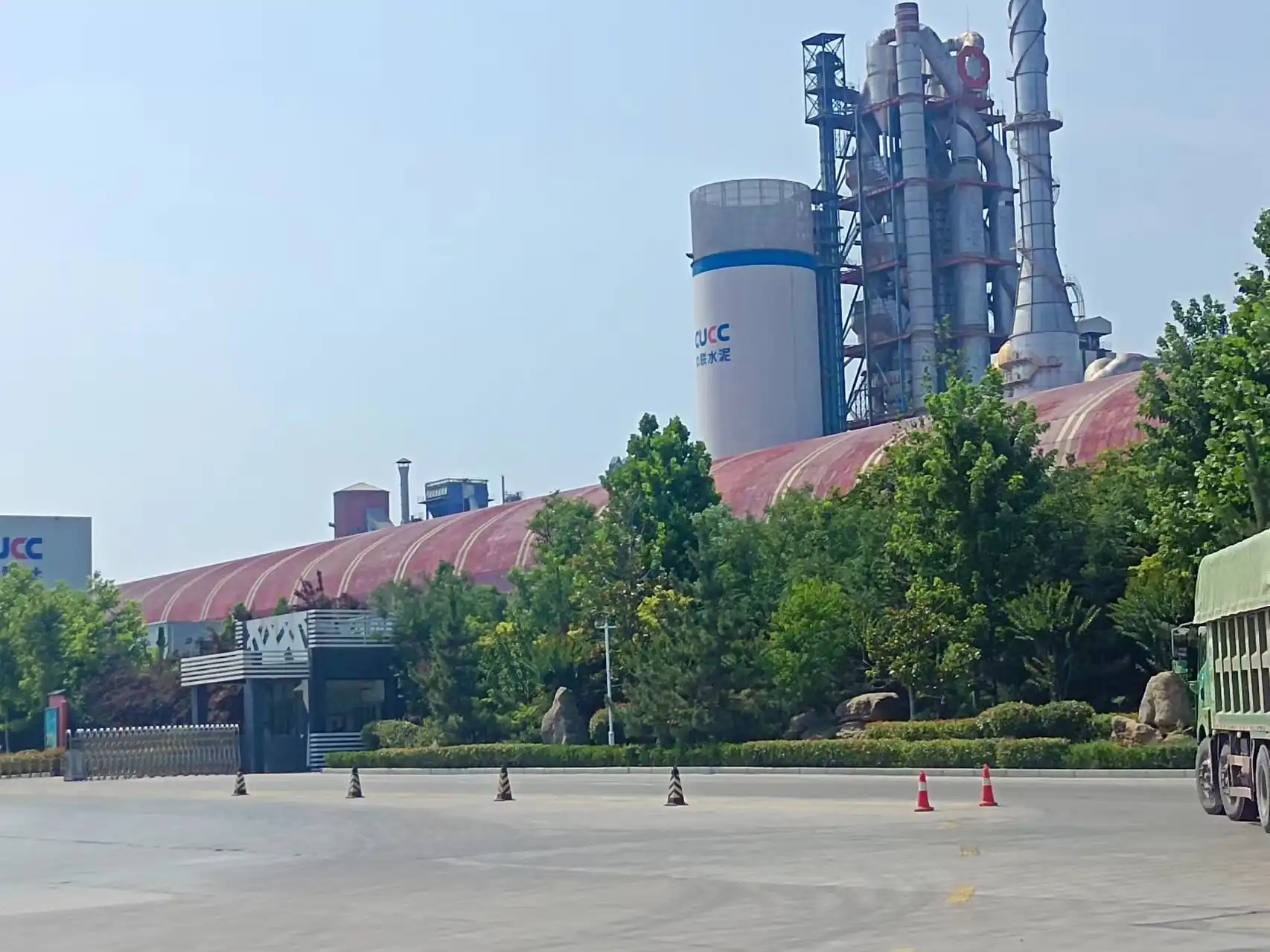How to Calculate Grinding Ball Consumption?
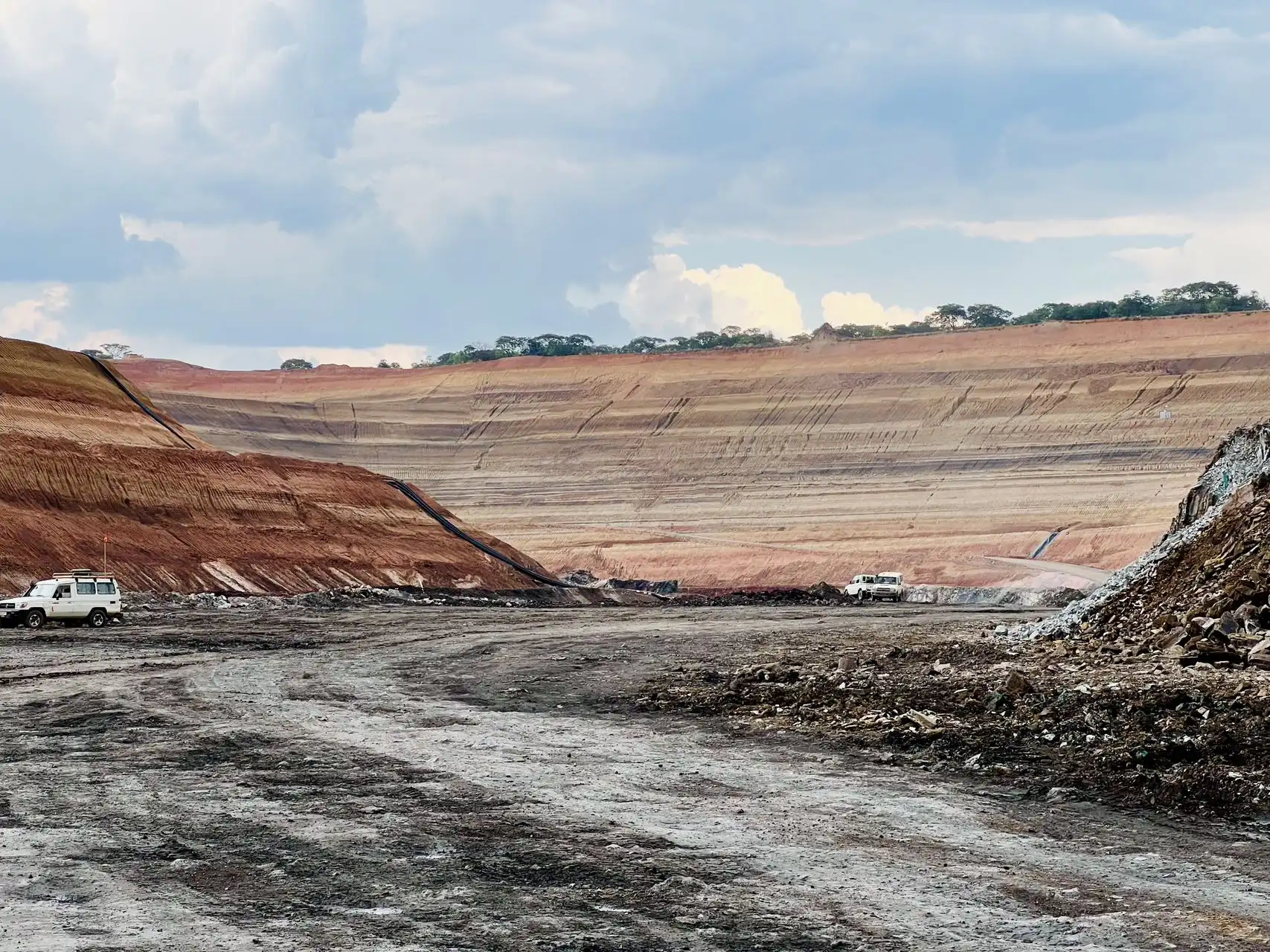
In the domain of mineral processing, the act of grinding stands as a pivotal procedure that exerts a profound impact on the financial viability of the entire venture. The utilization of grinding media, with grinding balls being a significant component, is instrumental in shaping the efficiency of the grinding process and the cumulative expenditure associated with mineral processing endeavors.
What innovations are there in the manufacturing of grinding balls?
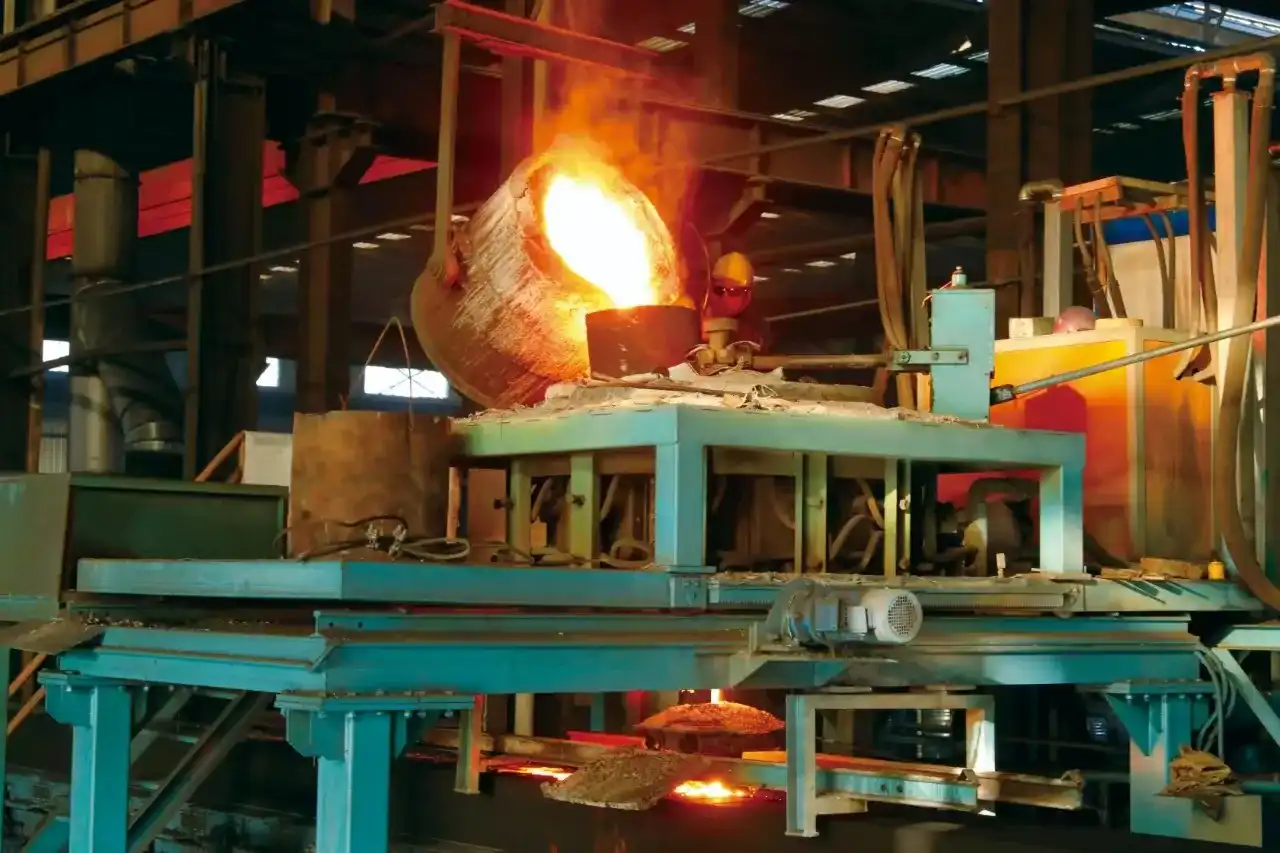
Grinding balls are essential components used in various industries for reducing the size of particles and facilitating finer grinding of minerals, cement, and other materials. The manufacturing processes involved in producing these balls have seen significant innovations over the years, driven by advancements in materials science, manufacturing technologies, and the demand for higher performance and durability. Explore the latest innovations in the manufacturing of grinding balls, focusing on materials, production techniques, and environmental considerations.
Battery Manufacturing and Grinding Ball Requirements
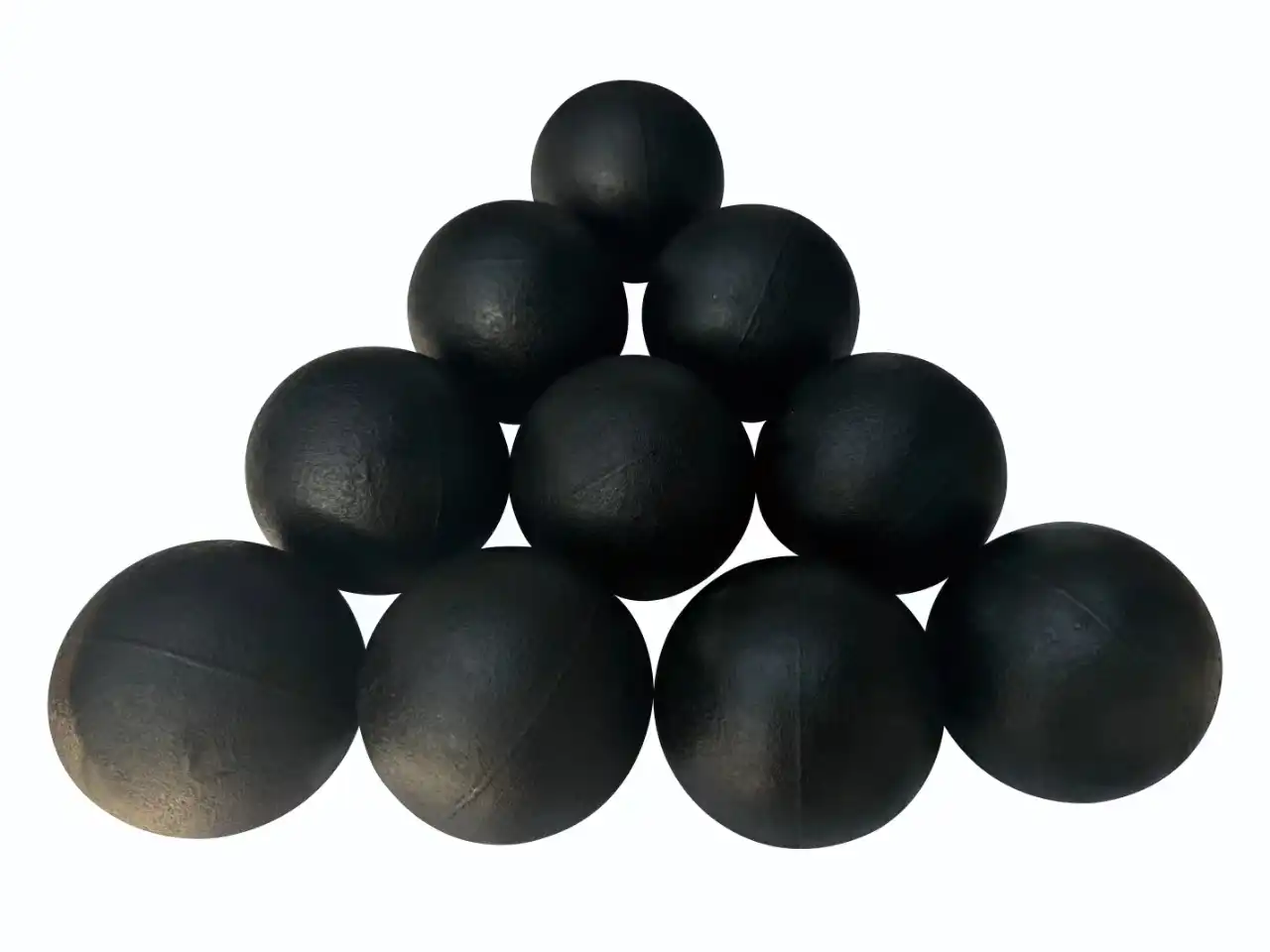
As a pivotal component in modern battery manufacturing, the selection of grinding balls holds paramount importance. In this comprehensive guide, I delve into the intricacies of battery manufacturing and explore the critical requirements associated with grinding balls. From understanding their role to identifying key factors influencing selection and emphasizing sustainable practices, this article serves as an indispensable resource for manufacturers seeking optimal performance in battery production.
What is the Impact Toughness of Grinding Balls?
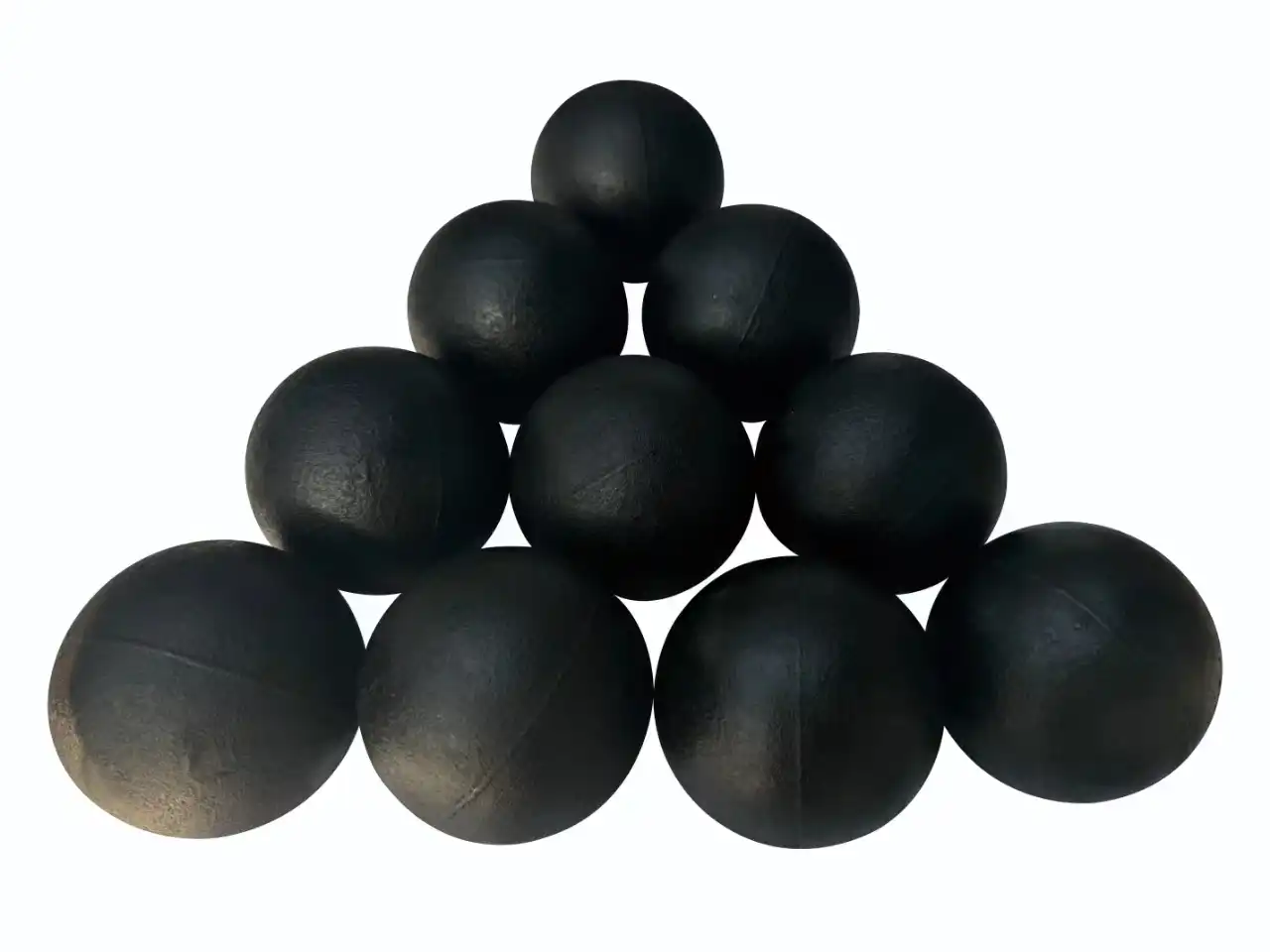
Grinding balls are crucial components used in various industries such as mining, cement plants, and more recently, in the pharmaceutical and cosmetic industries. They are designed to effectively crush and grind materials into fine powder, facilitating processes like ore extraction, cement production, and particle size reduction. The performance of grinding balls hinges significantly on their material properties, including hardness, wear resistance, and notably, impact toughness. Impact toughness plays a critical role in determining the durability and efficiency of grinding balls under harsh operating conditions.
How do you ensure the uniformity of grinding balls in a batch?
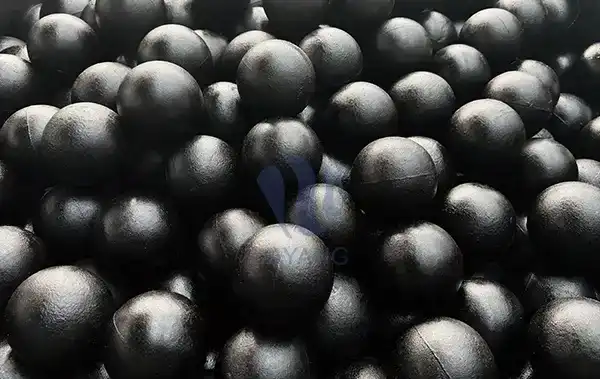
Ensuring the uniformity of grinding balls in a batch is a critical factor in industrial processes that rely on precision and consistency. Grinding balls are essential in various industries, including mining, cement production, and chemical processing. Uniformity in size, shape, and material composition can significantly affect the efficiency and effectiveness of the grinding process.
What trends are emerging in the production of high chrome steel grinding media balls?
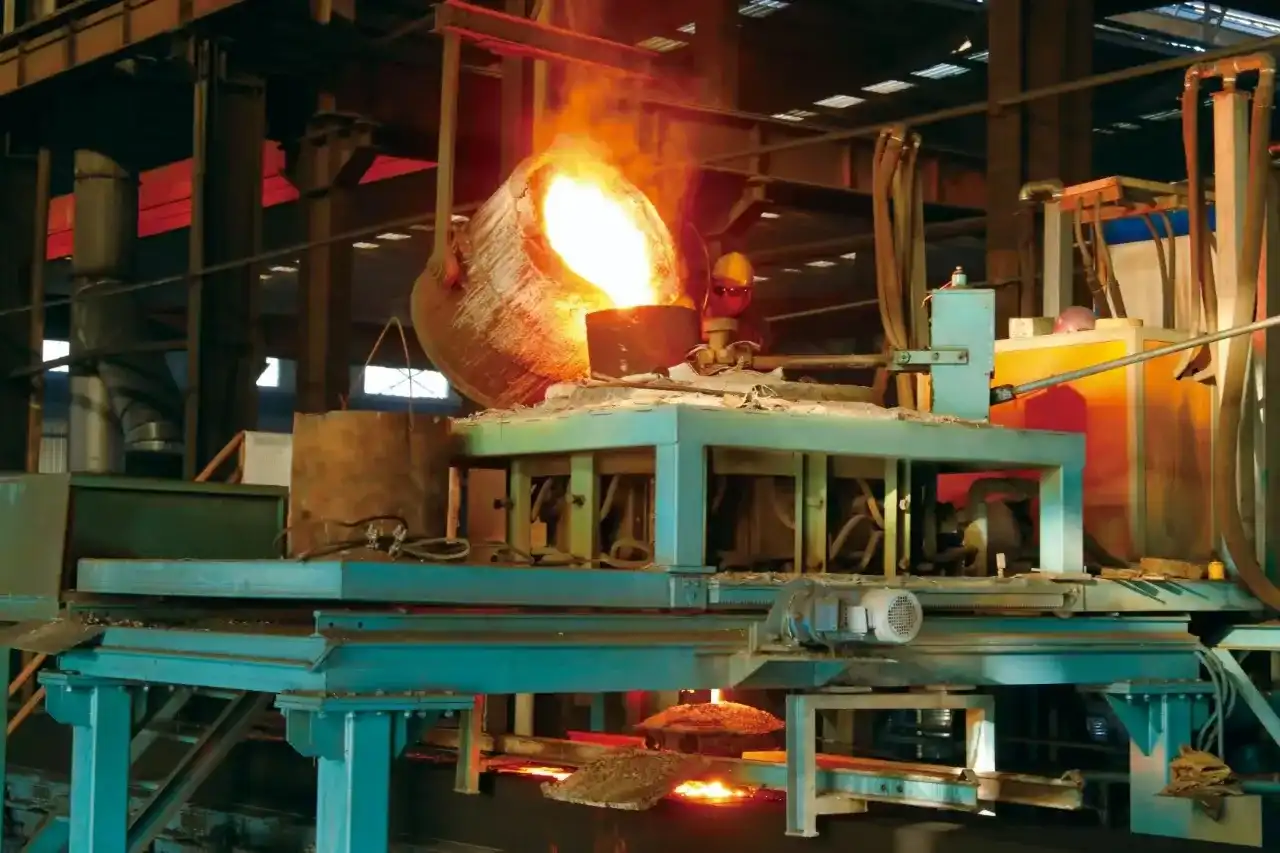
The production of high chrome steel grinding media balls has seen significant advancements in recent years. As industries continue to demand more efficient and durable grinding solutions, manufacturers are adapting to meet these evolving needs. This article explores the latest trends shaping the production of high chrome steel grinding media balls, offering insights into the future of this crucial industrial component.
Choosing the Right High Chrome Grinding Balls for Your Needs

In the world of industrial grinding processes, selecting the appropriate grinding media can make a significant difference in efficiency, cost-effectiveness, and overall performance. High chrome grinding media, particularly high chrome grinding balls, have become increasingly popular due to their exceptional durability and wear resistance. This article will delve into the intricacies of choosing the right high chrome grinding media for your specific needs, helping you make an informed decision that can optimize your grinding operations.
How does mill speed affect grinding ball attrition?
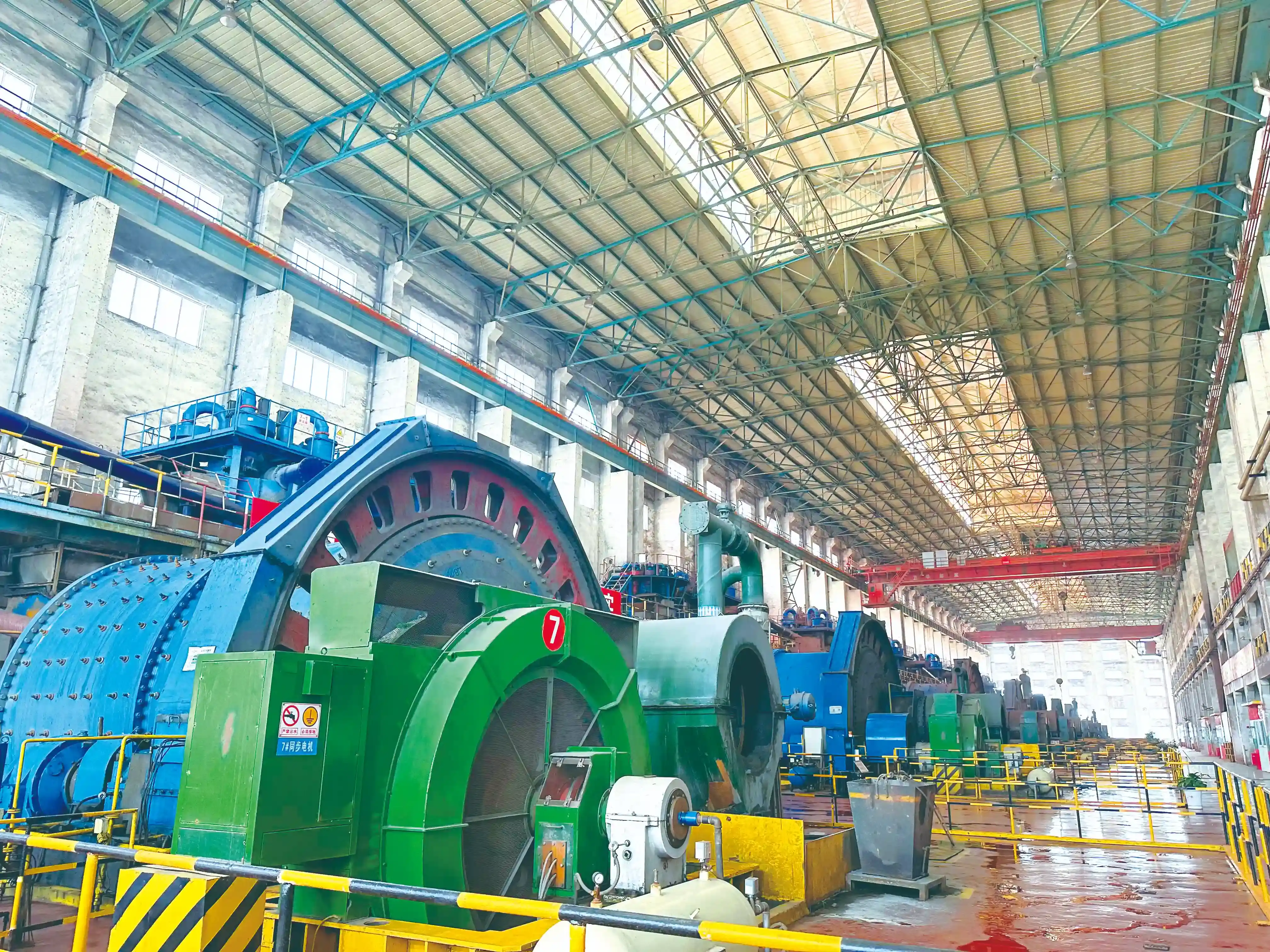
In the realm of mineral processing and grinding balls mining operations, understanding the intricacies of mill speed and its impact on grinding balls is crucial for optimizing efficiency and reducing operational costs. This comprehensive guide delves into the complex relationship between mill speed and grinding ball wear, providing valuable insights for industry professionals seeking to enhance their milling processes.
What is the use of chrome steel ball?
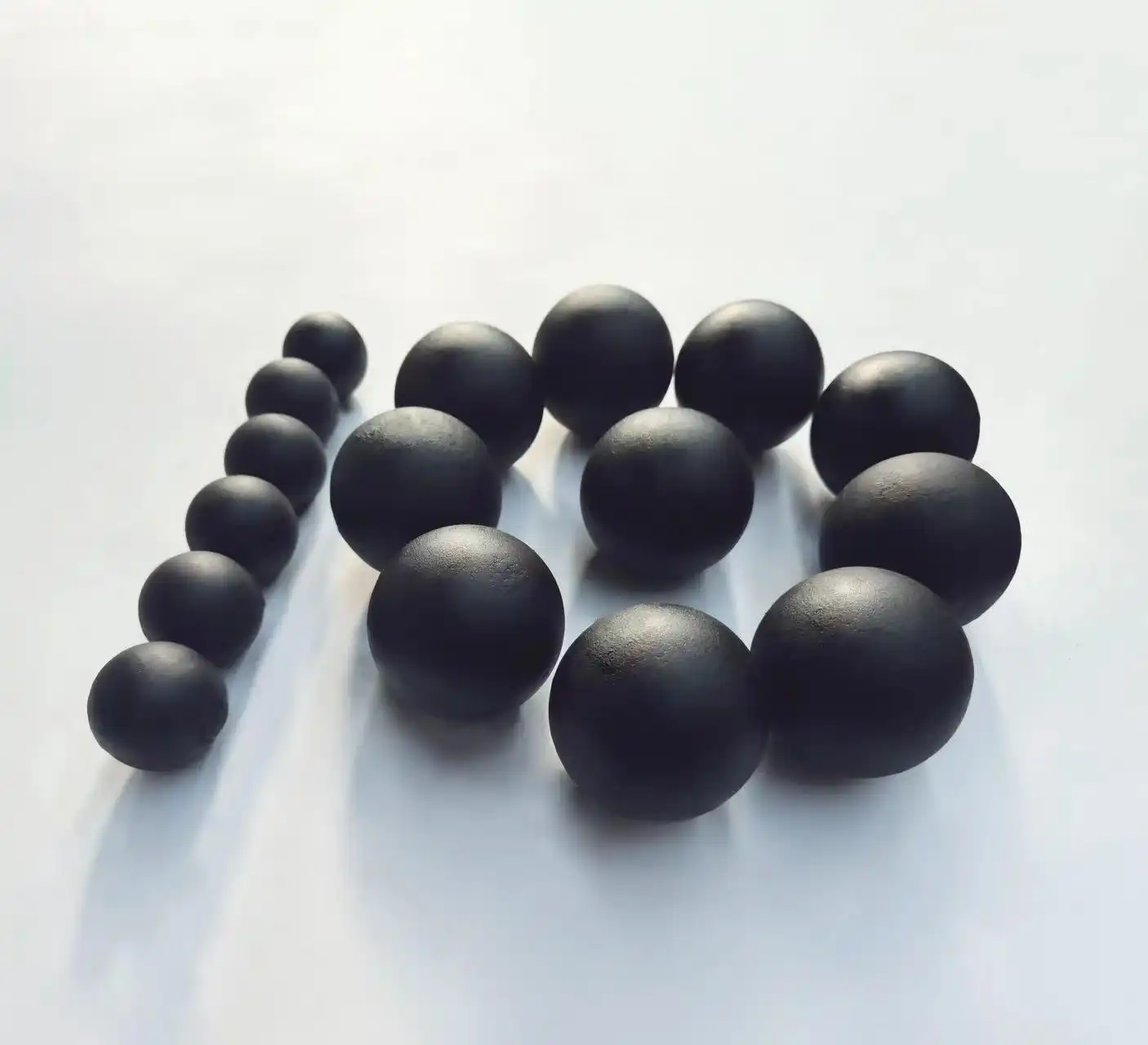
Chrome Steel Ball Chrome steel balls, also known as bearing steel balls or high carbon chrome steel balls, are widely used in various industries due to their excellent properties. These balls are manufactured using chromium alloy steel, which provides high hardness, wear resistance, and durability. In this article, I will delve into the uses of chrome steel balls across different applications, highlighting their importance and benefits.
What is the role of grinding balls in cement production?
What is the cost-benefit of high-density grinding balls?
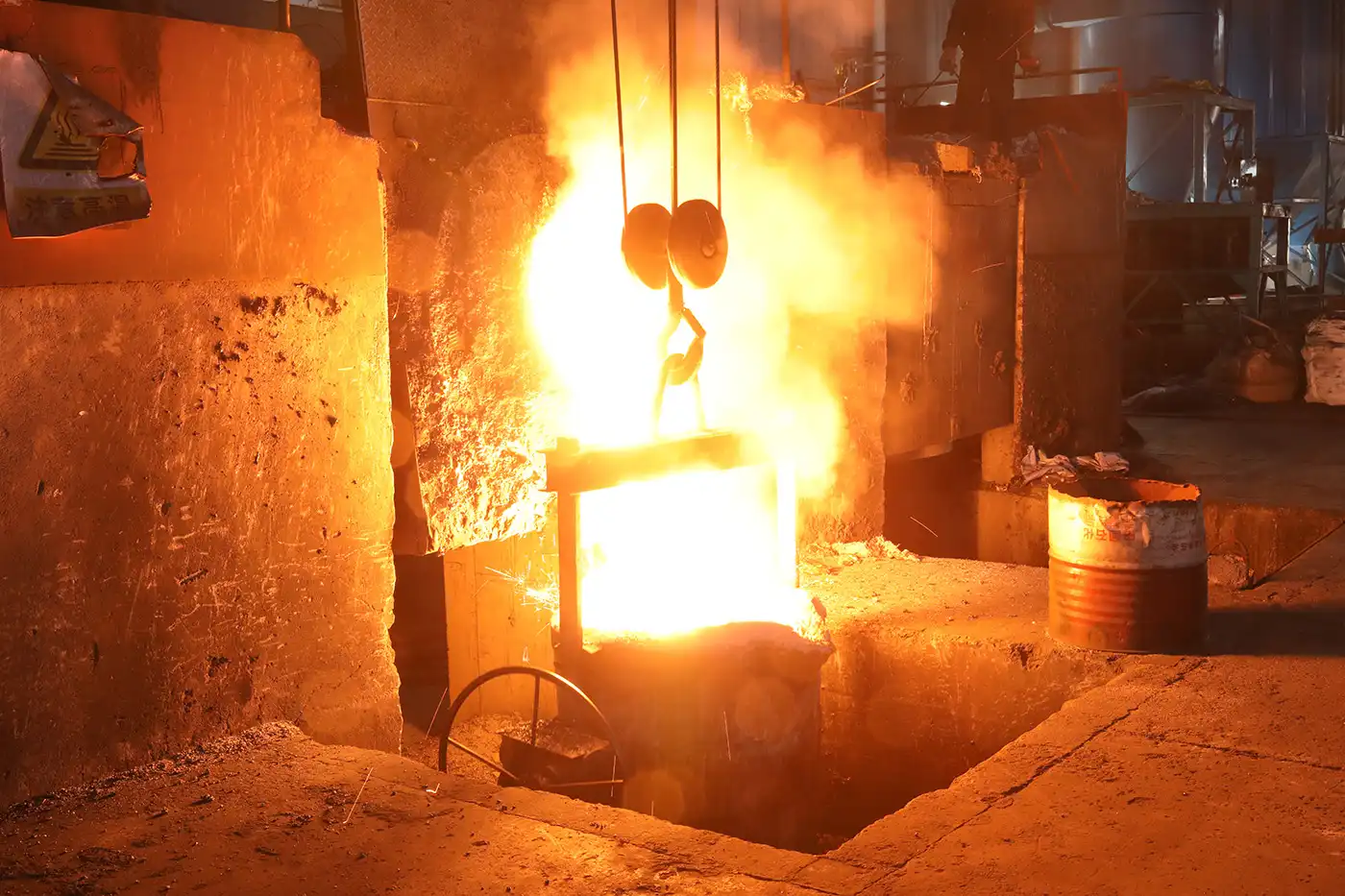
In the realm of mineral processing, the choice of grinding media plays a crucial role in determining operational efficiency and overall costs. High-density grinding balls, particularly those used in grinding balls mining, and made from materials like ceramic or high-chromium steel, have gained attention for their potential to enhance milling performance. This article delves into the cost-benefit analysis of utilizing high-density grinding balls in mining operations, focusing on energy savings, payback periods, and throughput increases.
How does ball mill media resist chemical attack in corrosive slurries?
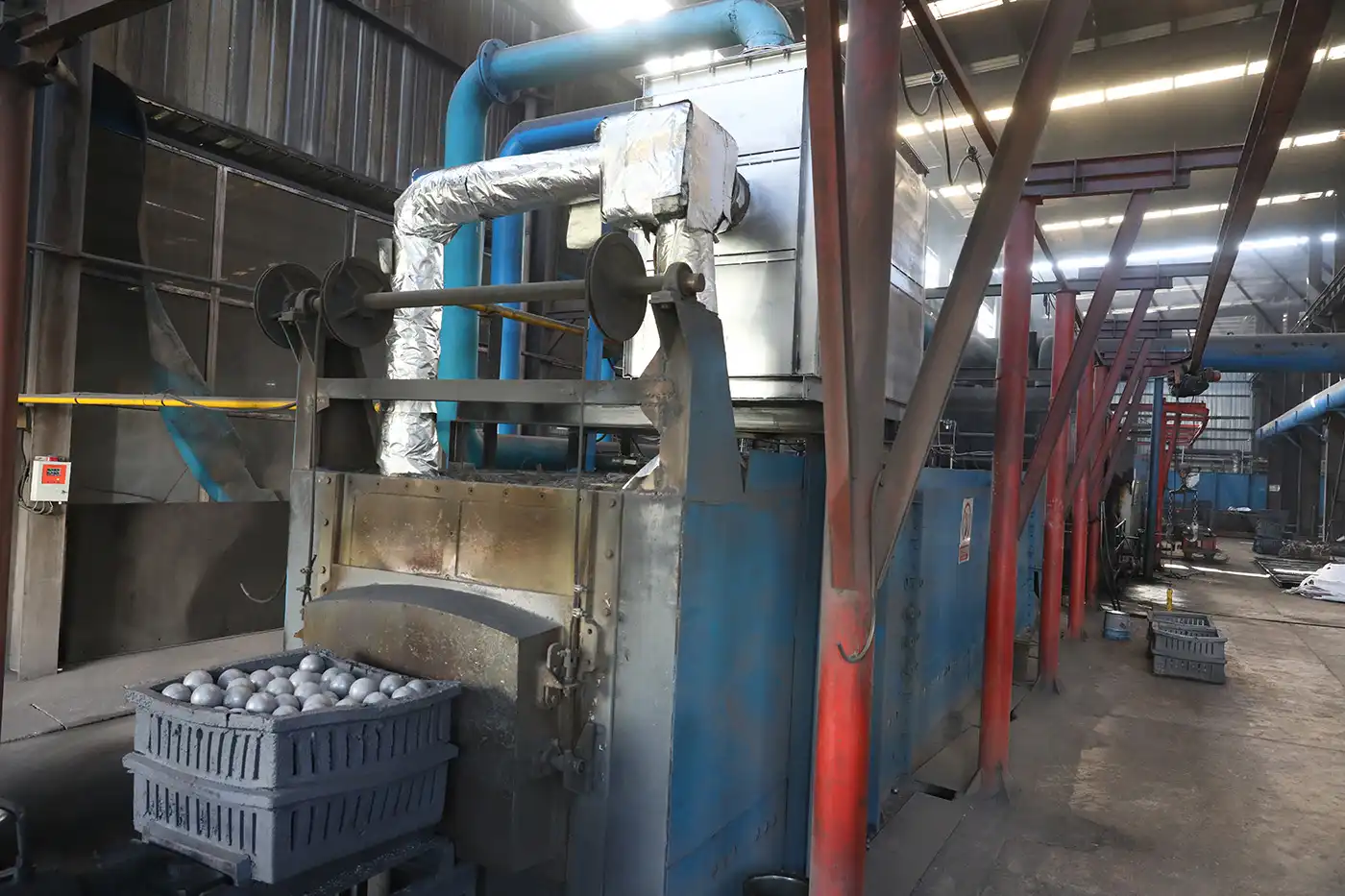
Ball mill media play a crucial role in grinding processes across various industries, from mining to cement production. When dealing with corrosive slurries, the ability of these grinding media to resist chemical attack becomes paramount. This article delves into the mechanisms that allow ball mill media to withstand harsh chemical environments, focusing on chromium content, passivation layers, and pH stability.

